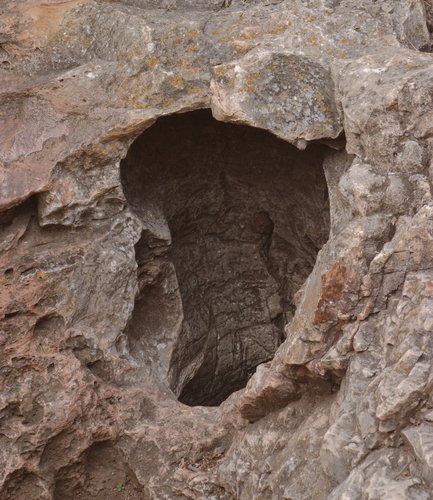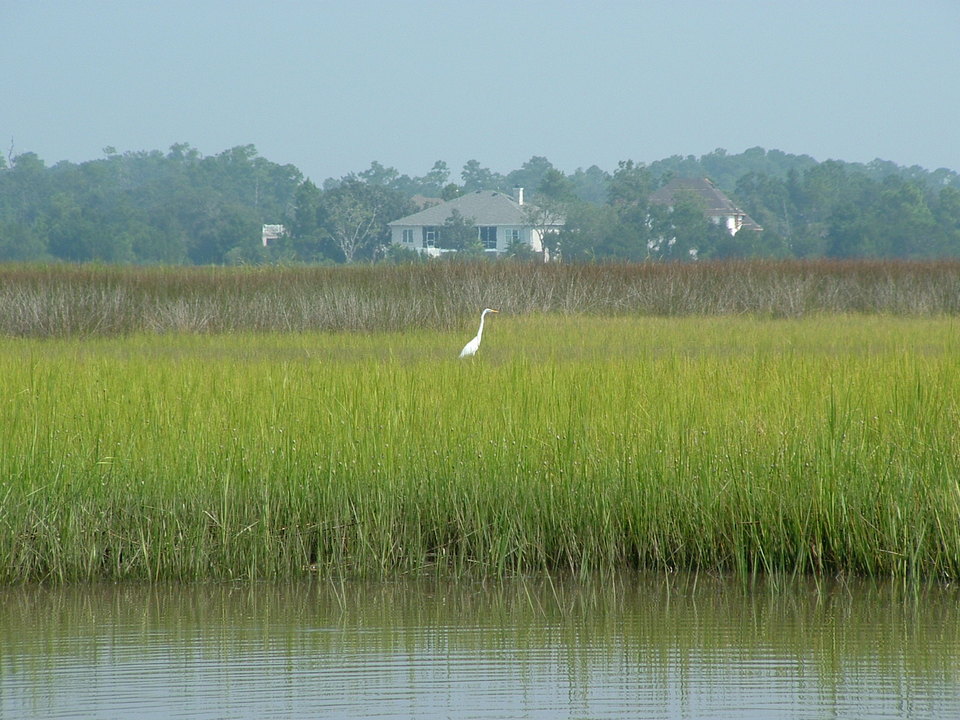Hello, summer school 2nd graders!
What are we doing today?

Today we have two goals:
Content goal: We will discover how to round numbers.
Language goal: We will use sequence words to help us understand the steps for how to round numbers.
--------------------------------------------------
We will watch a power point show to help us discover how to round numbers.
But, before we do, we should review a few important words:
*Math words:
Let's look at the number 498.
- Tens place: In the number 498, the 9 is in the tens place.

- Hundreds place: In the number 498, the 4 is in the hundreds place.
Take a look at this number: 569
- What number is in the tens place? 9
- What number is in the hundreds place? 5
*Sequence words:
- Sequence words help us tell the order something happens in.

- Sometimes we use words like first, second, and third to tell the order.
- We can also use words like first, next, then and last.
The sequence words we will use to help us understand the steps for rounding are:
First, next, then, and last
Try this:
- Think about the first thing you did after school yesterday. Now, turn and tell a friend (and listen to what she or he says, too).
- Now think about this: what was the last thing you did before you got on the bus this morning? Turn and share with a friend.
We are ready to discover how to round numbers!
You will need your math notebooks and a pencil for the next part of this lesson. When you have them on the table next to you, you will be ready to go!
Click on this link to go to the power point on our Summer math rounding wiki page:
http://mswilsonsellworkspace.pbworks.com/Rounding-Numbers
~~~~~~~~~~~~~~~~~~~~~~~~~~~~~~
Good luck, math masters!
Remember to use those sequence words to help you remember how to round numbers. Good luck and have fun!
Happy rounding,
-Ms. Wilson :-)
ooooooooooooooooooooooooooooooooooooooooooooo
Lesson Overview:
Students: incoming 3rd grade ELLs, of varying language and cultural backgrounds, and native English speakers
English language level: Intermediate ESL and native English speakers
Lesson time: 1 hour in classroom with laptops (one per pair of students, includes two pairs of headphones per laptop)
Class location environment: This lesson will be taught in a summer school class for students who have just completed 2nd grade. The class has about 7 ELLs and 7 native English speakers. Each student will work with a partner of a similar reading and math level (determined by summer school pre-test scores in each area), and will start by sitting down at an assigned laptop (which will be open to our class blog), reading over the start-up directions and checklist for the day, and getting started.
-----------------------------------------------
Lesson Review:
How will you use this resource to meet the needs of your instructional
purposes?
The goals for this lesson are:
Content goal: We will discover how to round numbers.
Language goal: We will use sequence words to help us understand the steps for how to round numbers.
Voice Thread allows me to add in audio commentary to the rounding numbers power point, which scaffolds the lesson for less-confident readers. These students, therefore, have equal access to the information provided on the power point, which helps them reach the content goal.
Students who identify themselves are more confident readers are able to access the content through the embedded Slideshare version of the rounding numbers power point, which is identical to the power point on Voice Thread, but without the audio commentary.
The blog provides a review of sequencing words and guides students in using the sequencing words first and last in meaningful examples. Both the Voice Thread and Slideshare power points emphasize the use of sequencing words to help students understand the order of the steps to round a number. These factors help students reach the language goal for the lesson.
Why is this topic, information or content appropriate for the lesson you
plan to create (e.g., level of authenticity, relevance to target language,
register, accuracy, interest level, and motivation)?
The topic of rounding numbers is a part of the 2nd grade MN math standards, and is a skill many of the students still struggle with. The sequencing words are crucial signal words for students, as they impact success in reading, writing, listening, and speaking in all content areas.
I think students’ motivation and level of interest will be heightened by this lesson because of the choice to have it read to them, or to read it themselves. The fact that the lesson pace is student-driven will also help students feel more interested and motivated, as well as the fact that they are able to work with a partner.
What handouts or directions will you provide students to focus learning
and adapt this resource for your instructional resources?
Each student will have the rounding poem, start-up directions and a checklist on a half sheet of paper:
Rounding poem:
Find your number,
Then look next door:
5 or bigger, add 1 more,
4 or less, your number stays the same, and
All numbers to the right --> zero is their name!
Directions: Sit down with your partner at your assigned laptop. Read the information for Lesson 5 on the class blog. When it tells you to, go to our class wiki page and then choose if you would like to listen to the power point or read it yourself. If you choose to listen to the power point, press the pause button on a slide until you are ready to move on. Then, pres play again. (I will model this with the whole group.) Do 3 practice problems in your math notebook. Raise your hand when you finish, and I will come around to hear how you feel you did.
Checklist: (to be marked with an “x” when completed) My partner and I are sitting at our assigned laptop. We read the goals for this lesson. I understand how to find where the tens place and hundreds place are in a number. I understand what some examples of sequence words are and that they help tell the order something happens in. I read all of the information for Lesson 5. I read the directions for the rounding numbers power point on our class wiki page and chose to listen to the power point or read it myself (circle one). I finished 3 practice problems in my math notebook. I raised my hand to report back to Ms. Wilson.
What are the potential problems, either language based or technical that
you may need to troubleshoot or prepare for?
Language-based: The rounding numbers power points require students to comprehend what they are reading or listening to, and then to apply what they have just learned to the practice problems. This could be difficult for some students with low reading/listening comprehension, and/or low math skills. The power points contain step-by-step directions with the signal words and walk students through two examples. I will be walking around to help students, and will situate students with lower comprehension/math skills close by students with higher skill levels to provide options for peer helping.
Technical: The Voice Thread power point moves on to the next slide after a certain amount of time, and although there are directions indicating to students they need to press pause when they are working on a slide (and I will model this for the class), it can be difficult for some students to remember. I am going to do more research on the Voice Thread website to see if there is a way to advance on mouse click instead of after a certain amount of time.






